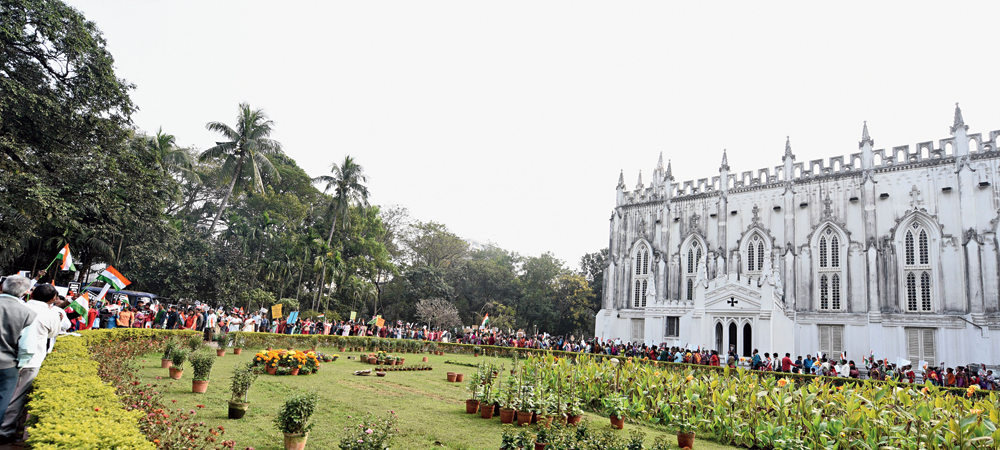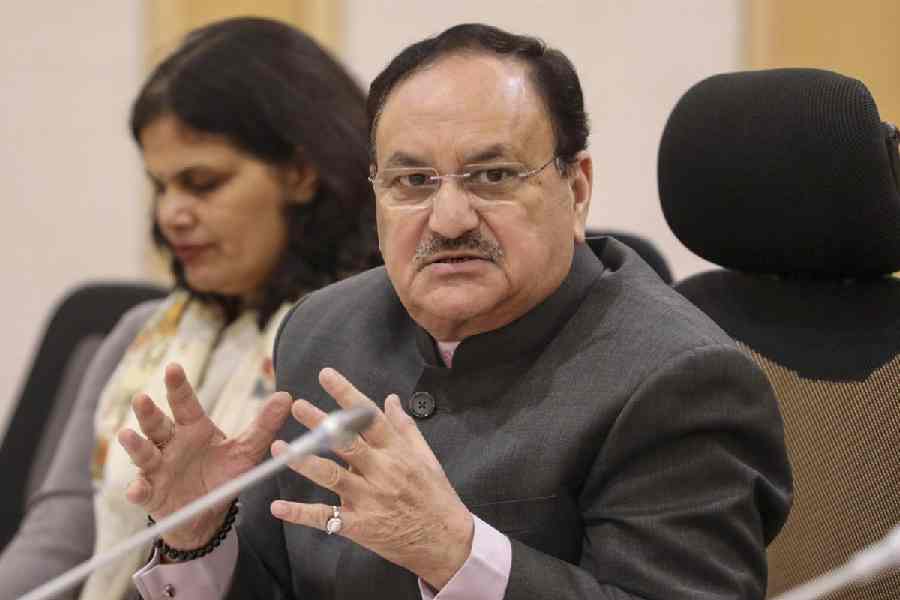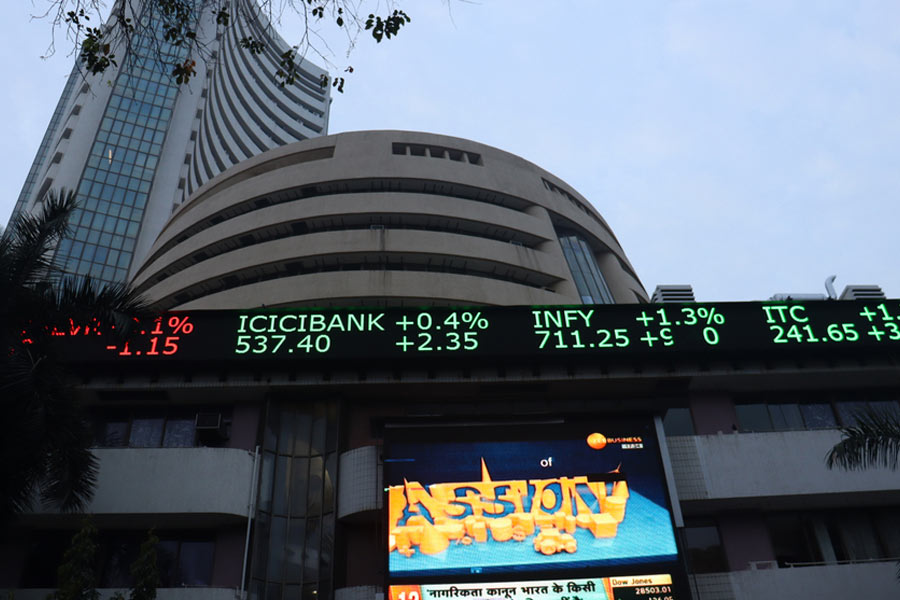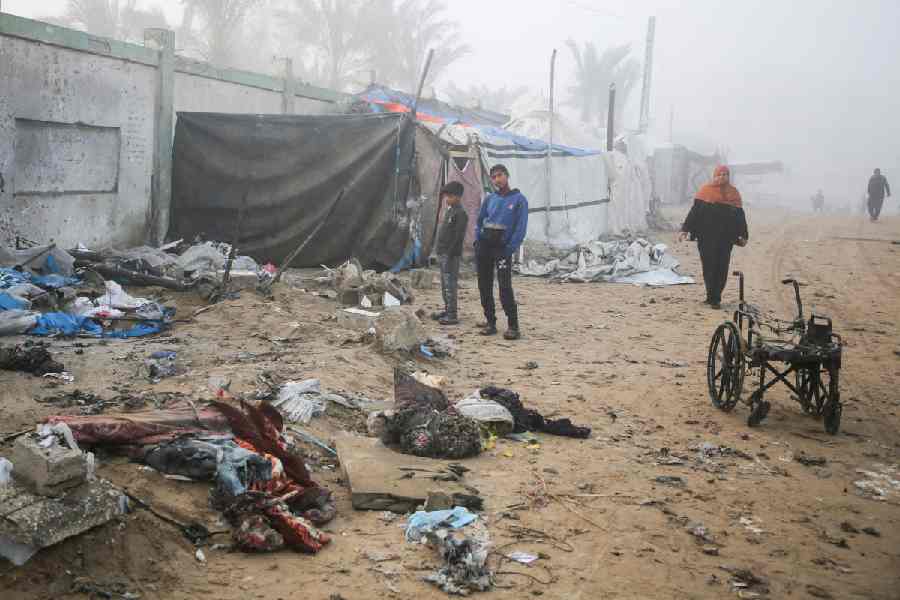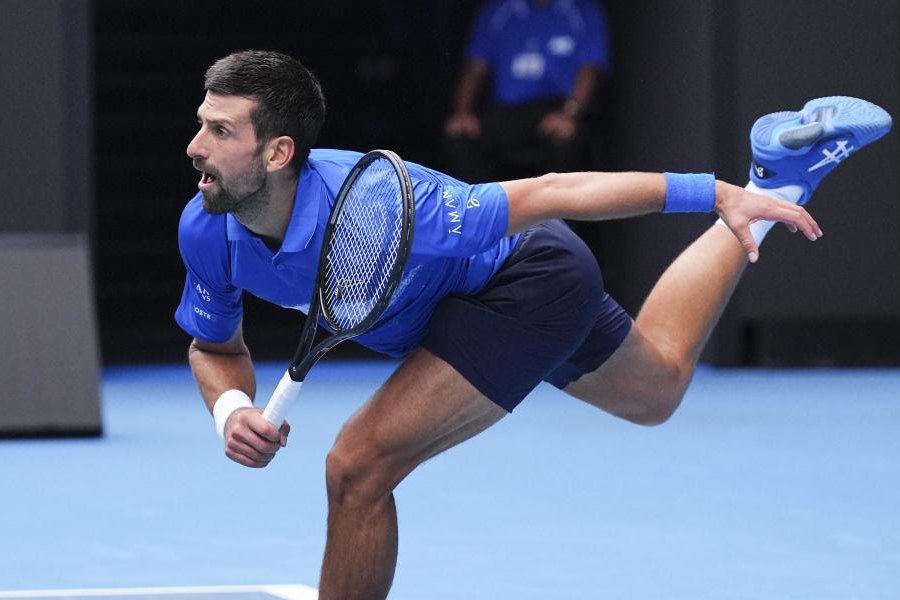- A doctor told his daughter’s schoolteacher he gets “paranoid” if the child is late returning home even by 15 minutes. Parents are always worried but, he told her, he was more worried now because the daughter is Muslim by faith.
- In a south Calcutta school, a teacher heard her students discuss detention centres in class and some of them seemed worried what life could be like inside.
- A senior teacher asked the children in her class what they thought about the new citizenship matrix. “They are averse to any change that could separate them from the people they have grown up with,” she said. “There is hope.”
Expressions of fear and stirrings of hope were at play in a procession of several thousand people that wound its way from St Paul’s Cathedral to the Gandhi statue on Mayo Road on Monday.
The prayer rally had been organised by the Bangiya Christiya Pariseba, a forum of Roman Catholics and Protestants in Bengal, and the Bengal Christian Council, a union of several Protestant church bodies.
There were priests, principals, teachers and students. For many, it was a first. For one city principal, it was the second — the first came after the killing of Graham Staines and his two children. “We are peacefully asking for a judicious approach,” said the principal.
Many said they had been inspired by the students’ resistance to the CAA and the NRC in several parts of the country. “I am inspired by the youth of India and the way they have conducted themselves. There is no violence in their movement. There is a lot of hope,” said Reverend Philip Gupta, a priest at St Thomas’ Church.
Among the participants were teachers from a school in Nadia district who had travelled over 100km, and villagers from Phulbari in the Sunderbans.
The women from Phulbari said they had been doing the rounds of land and land reforms offices and police stations with birth certificates and papers to find out if what they had was enough. “Our forefathers have been buried here. Now, they are asking for proof of citizenship. So we are on the road. There is no other way,” said Dipti Gayen, 60.
No slogans were raised but prayer songs and kirtans were sung. There was a group swaying to “Aj maha paritran, bhai aaj maha paritran. Jishu uthechhen dakho papire korte tran (Today is the day of salvation. Jesus has arisen to save the sinners)”. They played the harmonium and the khanjani as they walked.
“A peaceful India is now anxious. We all love peace and were all living together in peace, but all of a sudden unrest has been brought upon us. None of us wanted this, not in Bengal and not in India,” said Reverend Paritosh Canning, the bishop of Calcutta diocese of the Church of North India, one of the leaders of Monday’s walk.
Many teachers spoke of the anxiety they had seen among the parents of their students from the minority communities. “The father is a doctor and the mother a teacher. The father told me he gets paranoid if his daughter is late even by 15 minutes. It’s not because she is a girl or because she is travelling after sundown; it’s only because they are Muslim and can be targeted,” a teacher said.
In another school, the discussion among children in class was not about the upcoming exams but about detention centres. “From what they hear at home, they have come to understand that the camps are a scary island,” said the principal of a school in Garden Reach.
The principal of St James’ School, Terence Ireland, told the gathering: “Minorities are being isolated and are being shown that they do not belong to our country…. Christians today may not be targeted but there is no doubt that the future is very uncertain. So there is a feeling of anxiety; fear that in the future, the Christian population will be targeted.
“More important, the institutions that are run by the Christians will also be targeted. So we must be united. We must try and get all the minorities together to show our solidarity against what is being done against us.”
Not far from him walked teachers from La Martiniere, led by the principals of the boys’ school and the girls’ school.
Many of the principals who were present said that “as teachers and as citizens” they needed to uphold the secular values of the country.
“As a teacher I have to stand up for the right values that we teach our children,” said Rupkatha Sarkar, principal of La Martiniere for Girls.
Aniket Deb Roy, principal of St Thomas’ Day School, said: “We are walking because we are expected to practise what we preach in class.”
When the head of the rally was at the Park Street flyover, the tail had just stepped out of St Paul’s Cathedral, about a kilometre away. “I haven’t seen so many people in an Easter rally,” said Reverend Gupta.
After Monday’s march reached Mayo Road, a team went to Raj Bhavan to deliver a memorandum to the governor. The statement lists the reservations of the Christian community against the citizenship thrust and calls for a “withdrawal of CAA and stoppage of NRC”.
The team could not meet the governor.
Excerpts from the statement:
*The CAA is against the very spirit of our Constitution and infringes on the fundamental rights.
*The Christian community, though granted positive status in the CAA, are neither impressed nor out of ambiguity with the explanations of the CAA and the NRC from the government’s end (and) rather sense… multidimensional harassment at the hands of officials if they are enforced.
*We… are united in our diversity of caste, creed, culture and religion.
*We, through many newspapers, have been noticing that some groups are giving open calls to eliminate the religious minorities and convert our democratic, sovereign and secular India into a so-called ‘Hindu State’. Minorities feel insecure by such oppressive calls…. The understanding gets confirmed as the days pass by, when we find the government takes no action against them, rather remains a silent spectator.
*Among such unabated roaring calls, we smell danger in the latent purpose of bringing CAA and NRC at a time when the country faces burning issues of unemployment, slothful growth of industry, highest inflation and many more….

